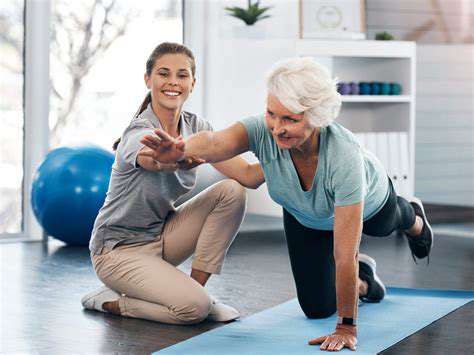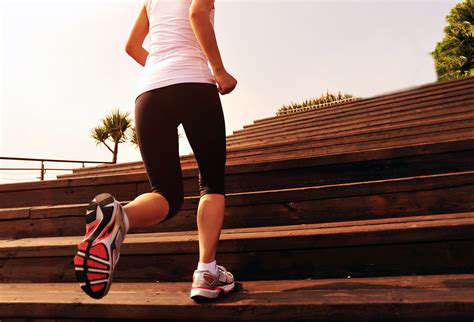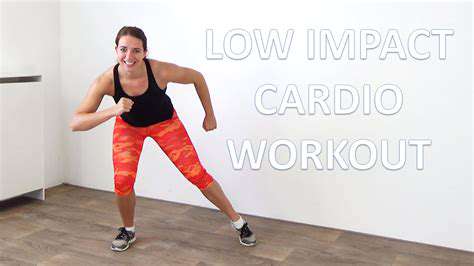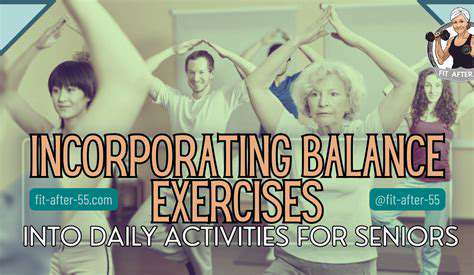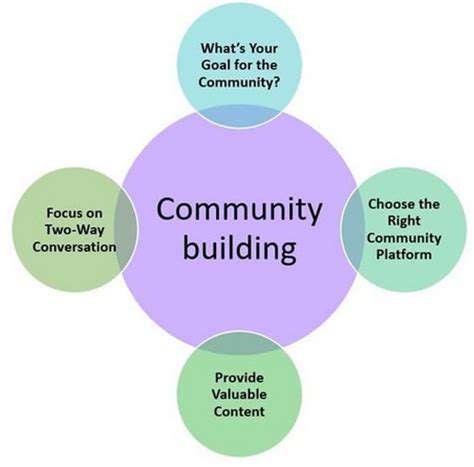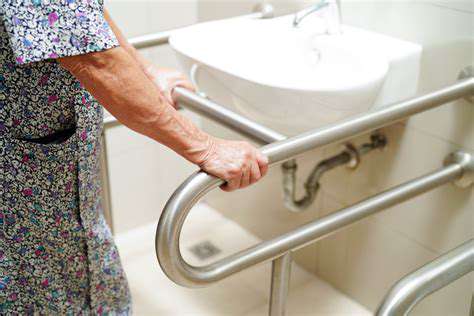The Importance of Core Strength for Senior Balance
That six-pack you see in magazines tells only part of the story. Your core comprises an intricate network of muscles wrapping around your torso like a natural corset. These include not just surface muscles but deep stabilizers that support your spine 24/7. When these muscles work in harmony, they create an invisible foundation for every movement you make.
Think of your core as the central command center for movement. Whether you're reaching for a coffee cup or playing tennis, these muscles fire first to prepare your body for action. This automatic engagement happens before you even realize it, protecting your spine and maintaining proper alignment.
Why Core Strength Means Better Balance
Your body constantly makes micro-adjustments to keep you upright. Strong core muscles act like precision gyroscopes, making thousands of tiny corrections each day to prevent stumbles. When these muscles weaken, it's like removing the shock absorbers from a car - every bump in the road becomes more dangerous.
Researchers have found that people with stronger cores recover from balance disturbances 40% faster. This becomes especially crucial as we age, when reaction times naturally slow down. A robust core can literally mean the difference between catching yourself from a fall or ending up in the emergency room.
Core Strength: Your Natural Fall Protection
Falls don't just happen during extreme activities. Most occur during mundane moments - stepping off a curb, turning too quickly, or rising from a chair. A conditioned core provides what physical therapists call protective stiffness, creating automatic stability during these vulnerable transitions.
Studies show that seniors who perform regular core exercises experience 30% fewer falls. More importantly, when they do lose balance, they're far more likely to recover gracefully rather than take a serious tumble. This protective benefit makes core training one of the smartest investments in long-term mobility.
Practical Core Exercises for Real Life
Forget complicated gym equipment. Some of the most effective core exercises use only body weight and focus on functional movements. The modified bridge (lifting hips while keeping knees bent) teaches your body to stabilize during transitions from sitting to standing. Seated marches (alternately lifting knees while maintaining perfect posture) build the endurance needed for walking.
Physical therapists recommend starting with just 5-10 minutes daily, focusing on quality over quantity. Proper breathing technique - exhaling during exertion - often matters more than the number of repetitions. This mindful approach prevents compensation by other muscle groups and ensures the right muscles do the work.
Unexpected Perks of a Strong Core
While better balance gets attention, core strength offers surprising secondary benefits. It can improve digestion by supporting proper organ alignment, enhance breathing efficiency by allowing the diaphragm full range of motion, and even reduce stress by promoting better posture. Many people report sleeping better after beginning core training, as their body finds more comfortable resting positions.
Perhaps most importantly, developing core strength builds what gerontologists call movement confidence - the willingness to stay active without fear of falling. This psychological benefit often leads to more social engagement and higher quality of life.
A Complete Approach to Stability
Core strength forms just one piece of the stability puzzle. Vision, inner ear function, proper footwear, and even hydration levels all contribute to balance. Medications that cause dizziness or dehydration deserve particular attention, as they can undermine even the strongest core.
Regular check-ins with healthcare providers can identify these hidden factors. Many clinics now offer comprehensive fall risk assessments that evaluate multiple systems simultaneously. This big-picture approach ensures all potential balance disruptors get addressed.
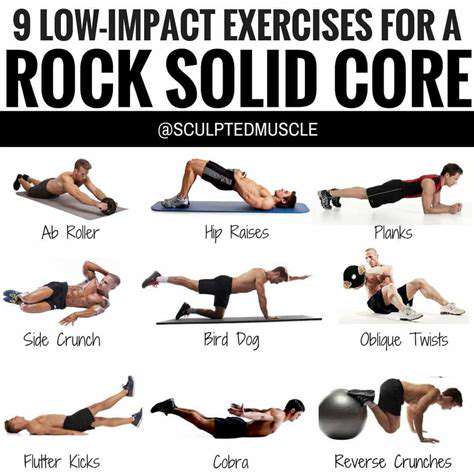
Making Core Work Part of Everyday Life
Rethinking What Counts as Exercise
The healthiest populations worldwide don't work out in the traditional sense. Instead, they integrate movement naturally into daily life. Adopting this mindset transforms ordinary activities into core-strengthening opportunities. Simply standing while folding laundry engages core muscles 20% more than sitting - a small but meaningful difference compounded over years.
Micro-Workouts Throughout Your Day
Instead of one long workout, sprinkle core activation throughout your routine:
- While brushing teeth: Practice standing on one leg (hold counter if needed)
- At red lights: Gently draw belly button toward spine
- During TV commercials: Perform seated knee lifts
These exercise snacks accumulate significant training volume without requiring extra time.
The Posture-Performance Connection
Good posture isn't just about appearances. Each inch of forward head posture increases the weight your core must support by 10 pounds. Simple adjustments - like raising your computer monitor to eye level - can reduce this strain dramatically. Ergonomic improvements often provide immediate core relief while making intentional exercises more effective.
Functional Core Training for Real Movements
Traditional crunches have limited carryover to daily life. Instead, focus on exercises that mimic real-world demands:
- Loaded carries (walking while holding weight at your sides)
- Rotational movements (gentle torso turns while holding a light object)
- Anti-extension exercises (resisting being pulled forward)
These prepare your core for actual challenges like carrying groceries or catching yourself from a slip.
The 80/20 Rule of Core Training
You'll get 80% of benefits from 20% of possible exercises. Prioritize:
- Plank variations (start with knees down if needed)
- Dead bug exercises (lying on back, alternating arm/leg movements)
- Standing resistance band rotations
This minimalist approach yields maximum real-world results without overwhelm.
Progressing Safely Over Time
The key to lasting improvement lies in gradual progression. Add just 5 seconds to your plank hold each week, or one more repetition to your bridge every third session. This patient approach prevents plateaus while minimizing injury risk. Tracking progress in a simple notebook provides motivation as small gains accumulate into significant strength.
Recovery: The Secret to Strength
Muscles strengthen during rest, not exercise. For core muscles especially, adequate recovery means:
- Alternating intense days with lighter movement days
- Prioritizing sleep (when most tissue repair occurs)
- Staying hydrated (muscles are 75% water)
Listening to your body prevents overtraining and ensures continuous improvement.

